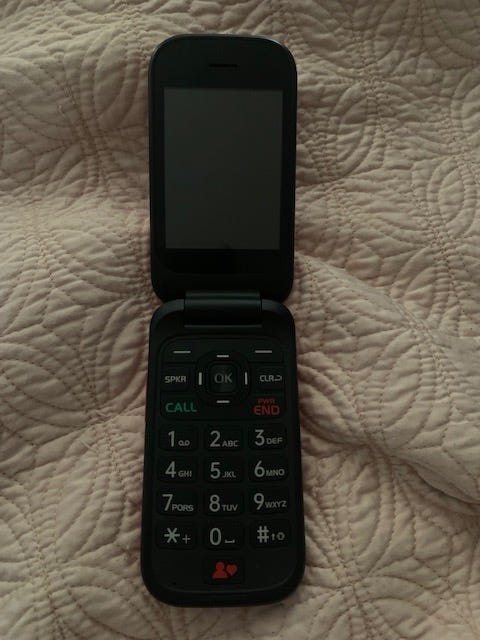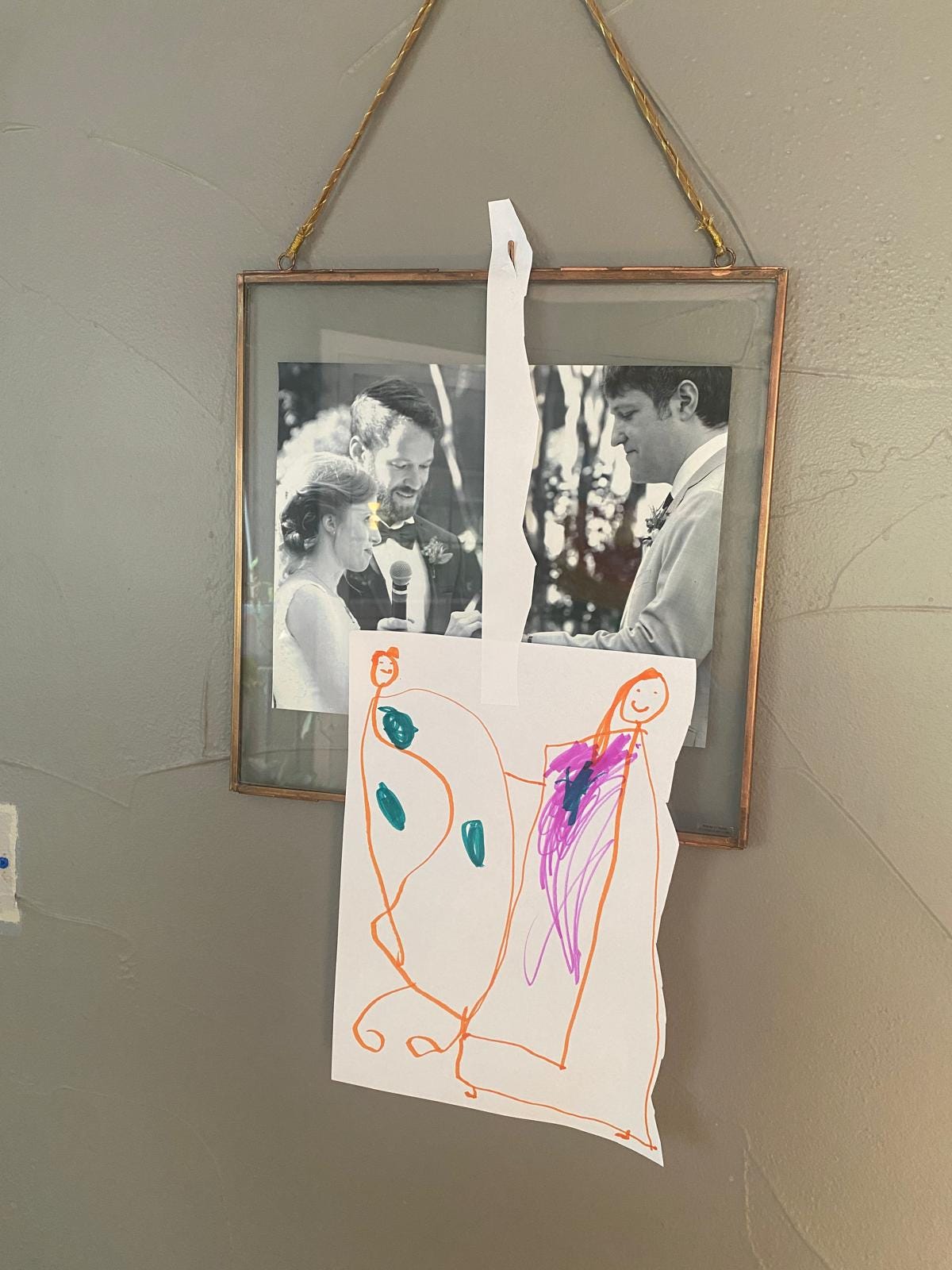Reflections After Four Months Without a Smartphone
Status Update
It’s been about four months since I took the drastic step of replacing my iPhone with a $49.99 dumbphone, so I thought I’d share an update on how this is going. I’ll also offer some reflections on why I was so addicted to my smartphone in the first place and what I’m doing with the time I used to spend scrolling.
Overall, getting a dumbphone has been an incredibly positive lifestyle change that I haven’t regretted for an instant. The inconveniences, such as onerous T9 text messaging and not having GPS, are a small price to pay for the benefit of no longer being a slave to my phone. I feel so much relief since making this change, like I’m free from a heavy burden.
That being said, the journey has not been completely linear. There have been days where I spend way too much time on my laptop, using it the same way I used to use my smartphone. Mindless scrolling, jittery checking of social media and email, just wasting time that would frankly be better spent staring at a wall. On those days, I struggle with something like imposter syndrome. I have thoughts like, “Yes, I have a dumbphone, but I’m still racking up hours of screen time, probably more than that of many smartphone users. I am a fraud.”
But then I try to give myself grace. Even on those screentime-heavy days, the situation is still so much better than it was before. Thanks to the dumbphone, I’m never looking at a screen when I’m away from home anymore, or at the dinner table, or outside in the yard with my kids. That is a HUGE win.
But why was I so addicted to my smartphone, and why do I still go on my computer too often?
The Discomfort of “What Now?”
Allow me to take a quick tangent. Every day—often multiple times a day—our five year old daughter asks us in a desperate tone: “what now?” She is expressing her discomfort with not knowing what to do when there’s no specific activity or structured event happening. I have noticed though that if I let her sit with that discomfort for a bit rather than swooping in to entertain her somehow, she almost always figures out something to do, whether it’s calling her grandparents on our landline, playing with her “kids” (a collection of nail polish containers that she pretends are children going on various adventures), or tackling a new art project.
I don’t like the “what now?” feeling either, and my smartphone was very good at helping me dull that discomfort. I no longer have a smartphone, but my laptop can still scratch that same itch. Instead of figuring out something interesting, meaningful, and/or productive to do, I can just open my computer and start scrolling. Which is not what I want to be doing!
Part of the problem is that the downtime I do have as a stay at home parent to two young kids tends to be very unpredictable. Will the nap last two hours or ten minutes? How long will they play with those Magna-tiles before the structure collapses and the screams begin (if you know, you know)?
When you don’t know for sure when you’ll have downtime or how long it will last, it’s hard to commit to a productive activity. Much easier to just zone out on your device. And when you add in the fact that being a stay at home parent can be very isolating, and that social media offers an illusion of meaningful human connection, it’s easy to see how alluring this technology can be.
But, as Cal Newport explains so well in Digital Minimalism,
“You cannot expect an app dreamed up in a dorm room, or among the Ping-Pong tables of a Silicon Valley incubator, to successfully replace the types of rich interactions to which we’ve painstakingly adapted over millennia. Our sociality is simply too complex to be outsourced to a social network or reduced to instant messages and emojis.”
He goes on to describe social media as the “fast food” of human sociality. Considering the blah-ness I usually feel after hours scrolling social media platforms, I cannot overstate how strongly this analogy resonated with me. And so I’ve been making a real effort in the last few months to create more opportunities for “rich interactions”—i.e., the type that happen in person.
Here are a few of the ways I’ve been trying to achieve that this summer:
I deleted my Instagram account several months ago (have not missed it at all!)
I started a neighborhood playgroup that involves a playground/splashpad situation for the kids and a box of coffee for the adults. Win win.
I’ve organized regular meetups with friends, old and new, at lakes, nature preserves, beer gardens, and other outdoor hangout spots around town.
I’ve been rallying parents at my daughter’s elementary school to sign the Wait Until 8th pledge, promising to delay smartphones until at least the end of 8th grade—and have already gotten 25 pledges signed at her school just in the last month!
Craving some kid-free socialization, I proposed a last minute happy hour with friends the other night and an hour later, we were splitting a bottle of wine and having delightful wide-ranging conversations about everything from parenthood to what the heck is our identity OUTSIDE of parenthood anymore? If I hadn’t done that, this conversation probably would have happened on Facebook messenger—if it happened at all—and wouldn’t have been nearly as satisfying.
I’ve been making a concerted effort to spend more time in the front yard than the back, where we are likely to have pleasant interactions with neighbors we’d otherwise rarely see.
As an introvert, initiating all these social events and activities has not been easy, but I’m growing more confident each time I force myself to do it. And I always end up so glad that I did!
And when I have unpredictable downtime in my daily life, I’m trying to train myself to sit with the discomfort of “what now?”—just as I encourage my daughter to do—instead of immediately opening my laptop. It usually only takes a minute or two before I’m reaching for a garden tool or a book instead of a device.
Speaking of books, here are a few I’ve read recently that have given me inspiration and motivation to continue owning the smartphone-free life:
Digital Minimalism by Cal Newport
The Anxious Generation by Jonathan Haidt
The Courage to Be Disliked by Fumitake Kaga
Technopoly by Neil Postman





